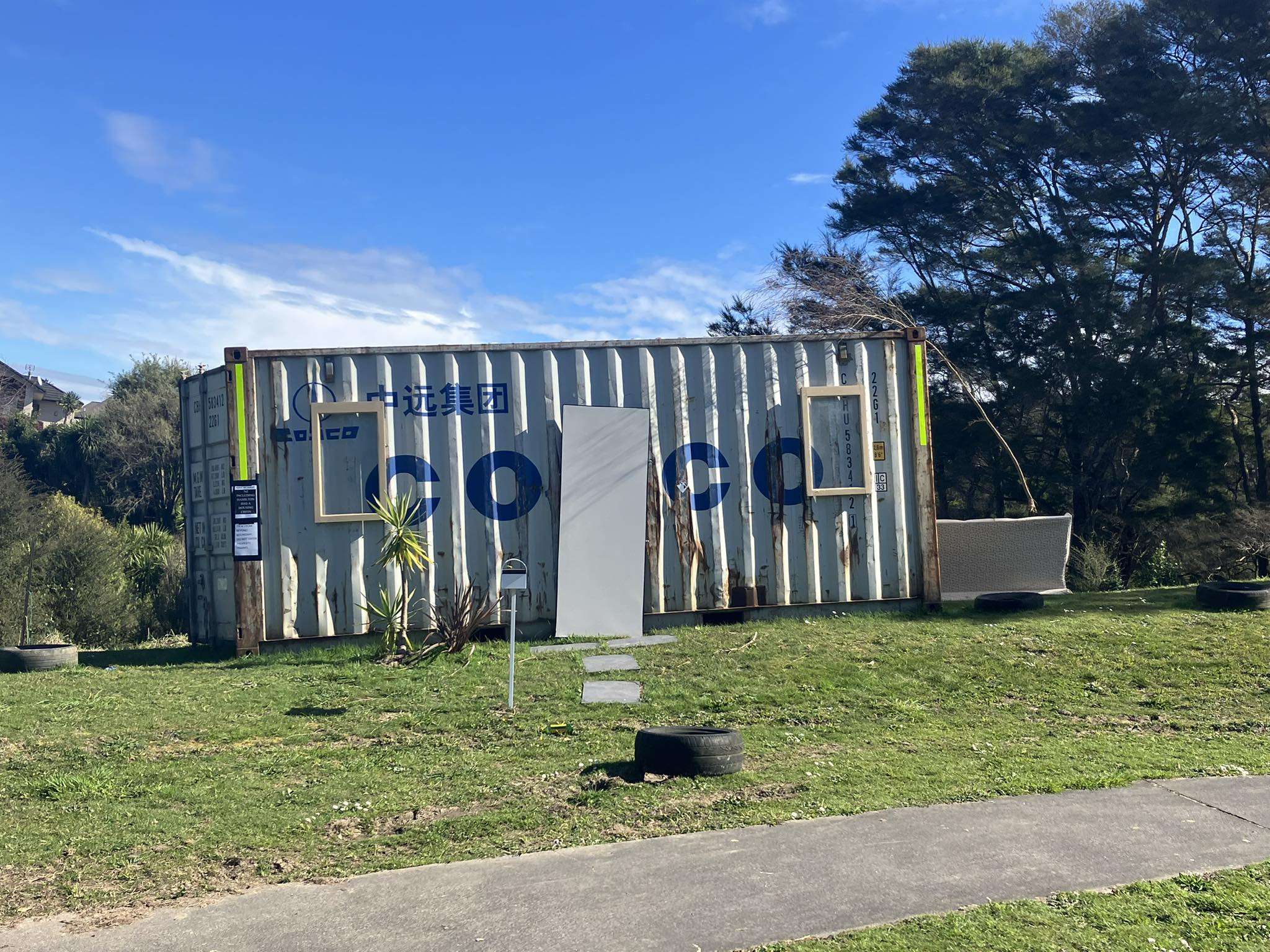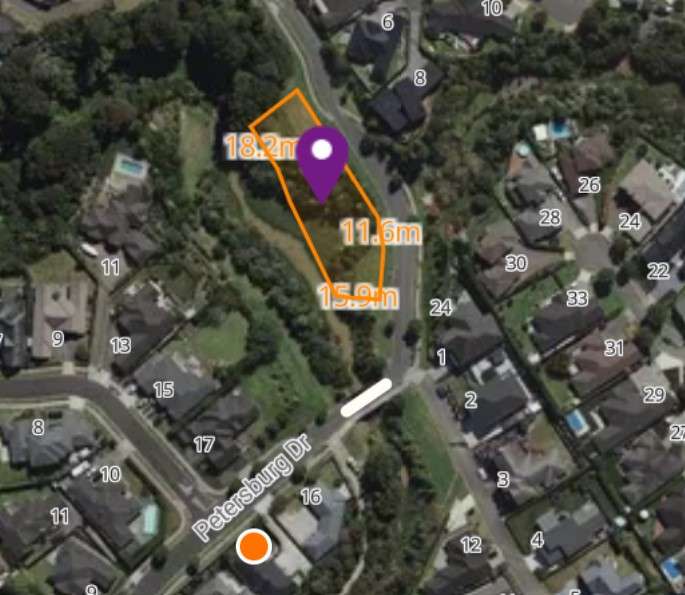Hamilton City Council’s recent controversial classing of a shipping container as a building doesn’t mean that shipping containers in people’s backyards will require a consent nor will they ask for them to be removed.
Last week the council issued an abatement notice to the landowner who put a shipping container, dressed to look like a tiny home, on his section on Petersburg Drive in Flagstaff following a two-month investigation.
The landowner had initially argued the container was public art and therefore was allowed to be there.
But council staff eventually decided that under its district plan rules the container did not meet its public art criteria. However, they agreed that it did meet the building criteria. A building is not allowed in areas zoned natural open spaces without a resource consent.
Start your property search
The council’s decision prompted OneRoof readers to take to social media to question why a shipping container was suddenly being deemed a building.
Council planning and guidance manager Grant Kettle told OneRoof that according to its district plan a building means a structure of any kind, whether temporary or permanent, moveable or immovable.
Even though most of the city’s shipping containers are deemed to be buildings under HCC’s district plan, Kettle said, whether they were allowed to be there without a resource consent came down to the zoning.
Read more:
- Complaints fly over 'fake' container house in wealthy Hamilton suburb
- 'Epic' new-build sells for record price after lengthy negotiation
- Owner speechless after ‘storage unit’ home sells for $1.235m in bidding war
For example, a container would be permitted on land zoned general residential providing it met other rules in the district plan such as boundary setbacks and site coverage.
Other items considered buildings under HCC’s district plan were a retaining wall over 1.5m in height and load bearing, any scaffolding, a vehicle, trailer, tent, caravan or boat, a tall swimming pool, and a deck more than 1m high.
Public art, park furniture and pergolas were not buildings under the district plan.
Landowner David Yzendoorn put the decorated Cosco container on his oddly-shaped section in June this year after a long-running battle with the council over what he could build on land he owns after it was rezoned a natural open space. A hearing for his resource consent application to build a duplex on the 1716sqm sloping section is scheduled to be heard by an independent commissioner later this month following months of delays.
In the meantime, he has until next Friday to remove the structure from his land or face further enforcement action.

The shipping container, when viewed from the road, has been decorated with a door and window frames to look like a tiny home. Photo / Nikki Preston

The sloping Petersburg Drive section had its zone changed from residential to natural open space, which restricts what can be put on it. Photo / OneRoof
Yzendoorn told OneRoof last week that the decision “is what it is”, adding that he couldn’t help thinking the council was applying its rules inconsistently.
He has written to the council asking them to explain the reasons behind the decision and how its determination of a “building” coincided with the definition of “public art”.
Christina Sheard, a partner in the environment and planning team at Dentons Kensington Swann, said whether a shipping container was classed as a building currently depended on how it was defined in each council’s district plan because they were all different, where it was placed on the section and its zone.
“For each district plan you need to check the definition of building and the rules applied to your particular site. For some sites it will be fine and for some sites it won’t be.”
Sheard said it was not beyond the realms of possibility for a shipping container to be deemed a building as they were not small structures.
“I’m not entirely surprised that it is, but you would hope that you could probably get it through as a permitted activity because you won’t be triggering the relevant rules.”
Councils around the country all have different rules, Sheard said, and part of the Resource Management Act reform was aimed at standardising some of the rules. This means in the future councils will be expected to follow the same definition of what a building is and what the rules around what yards and setbacks are.
- Click here to find properties for sale in Hamilton










































































